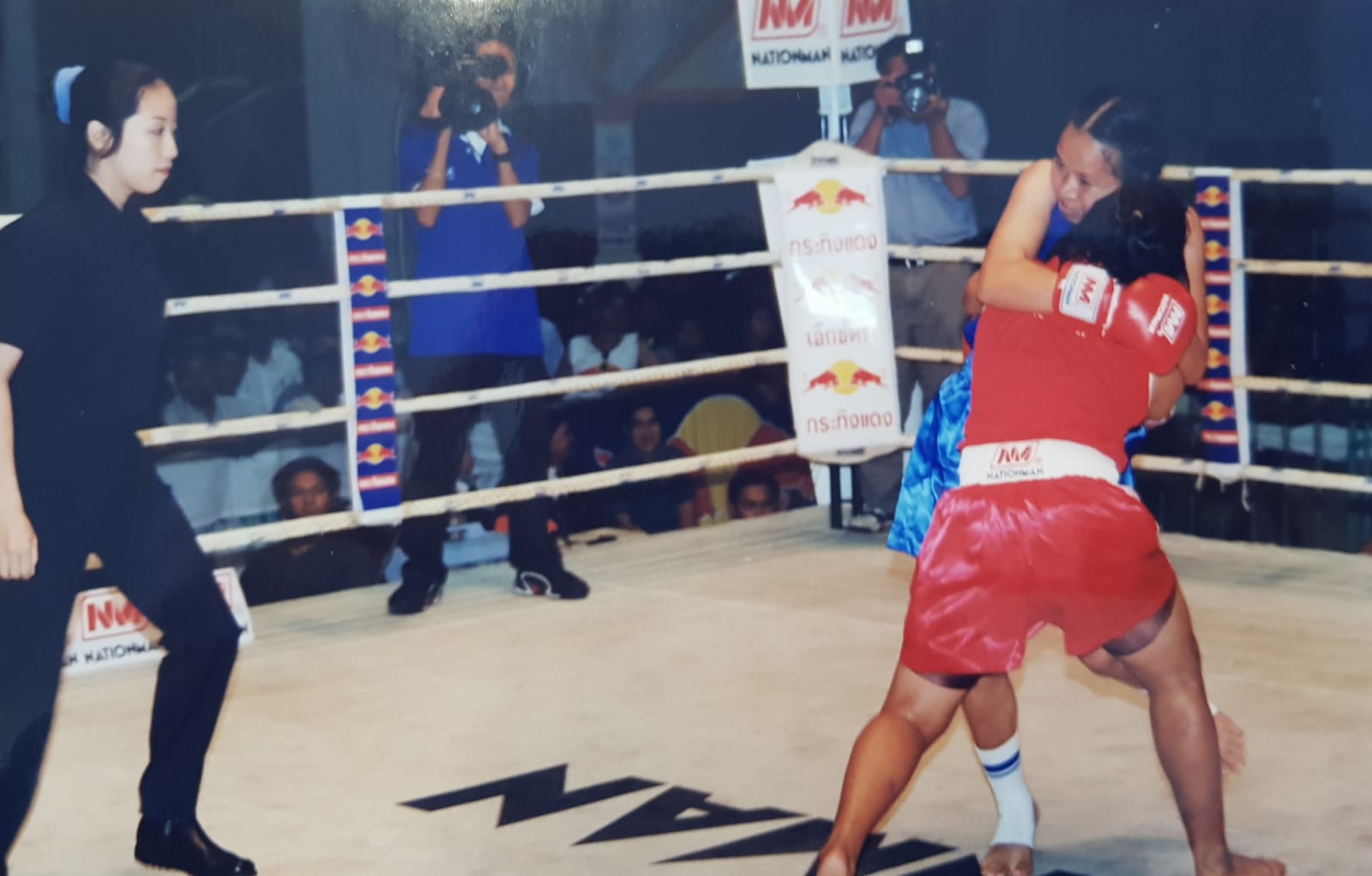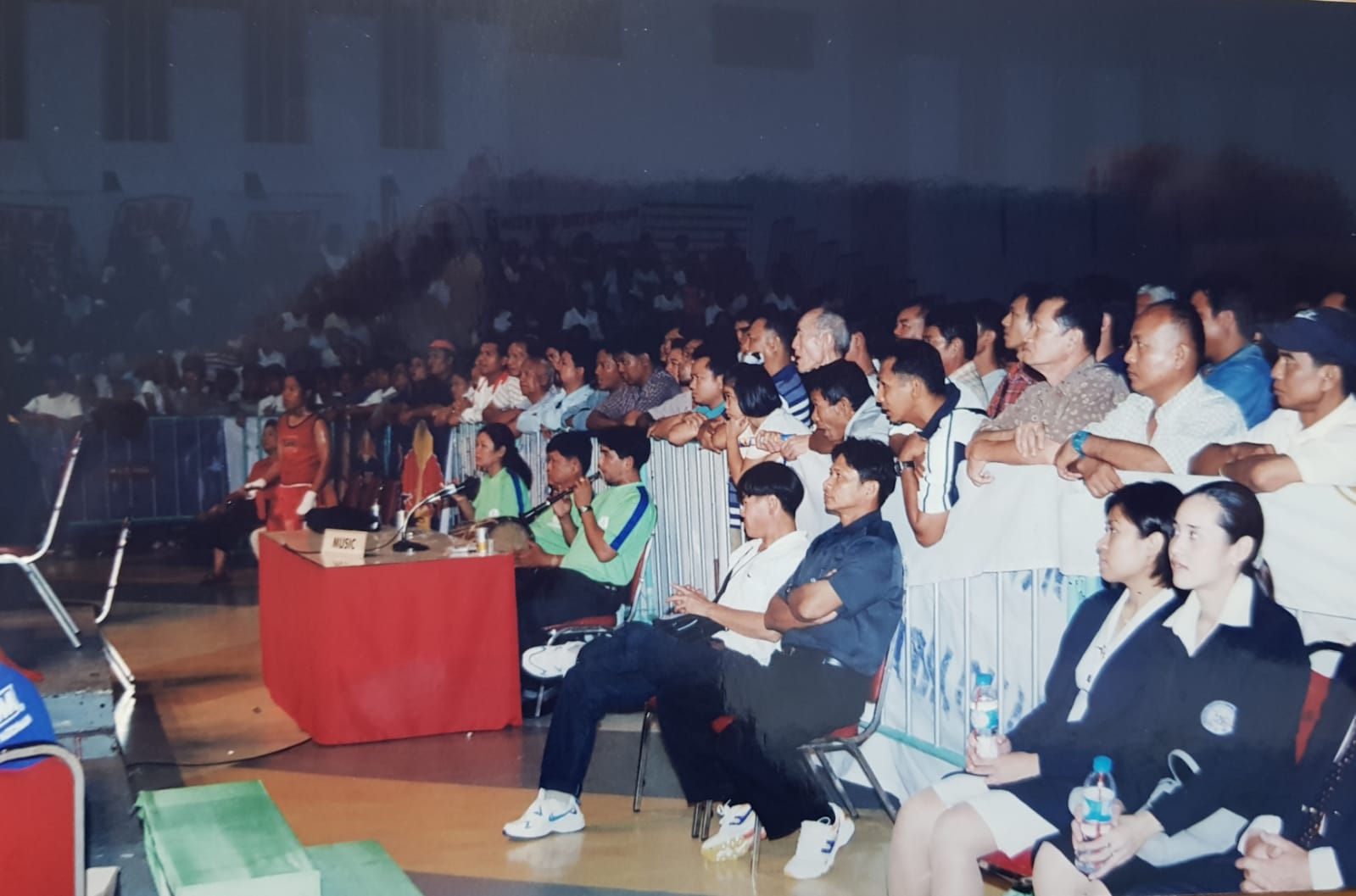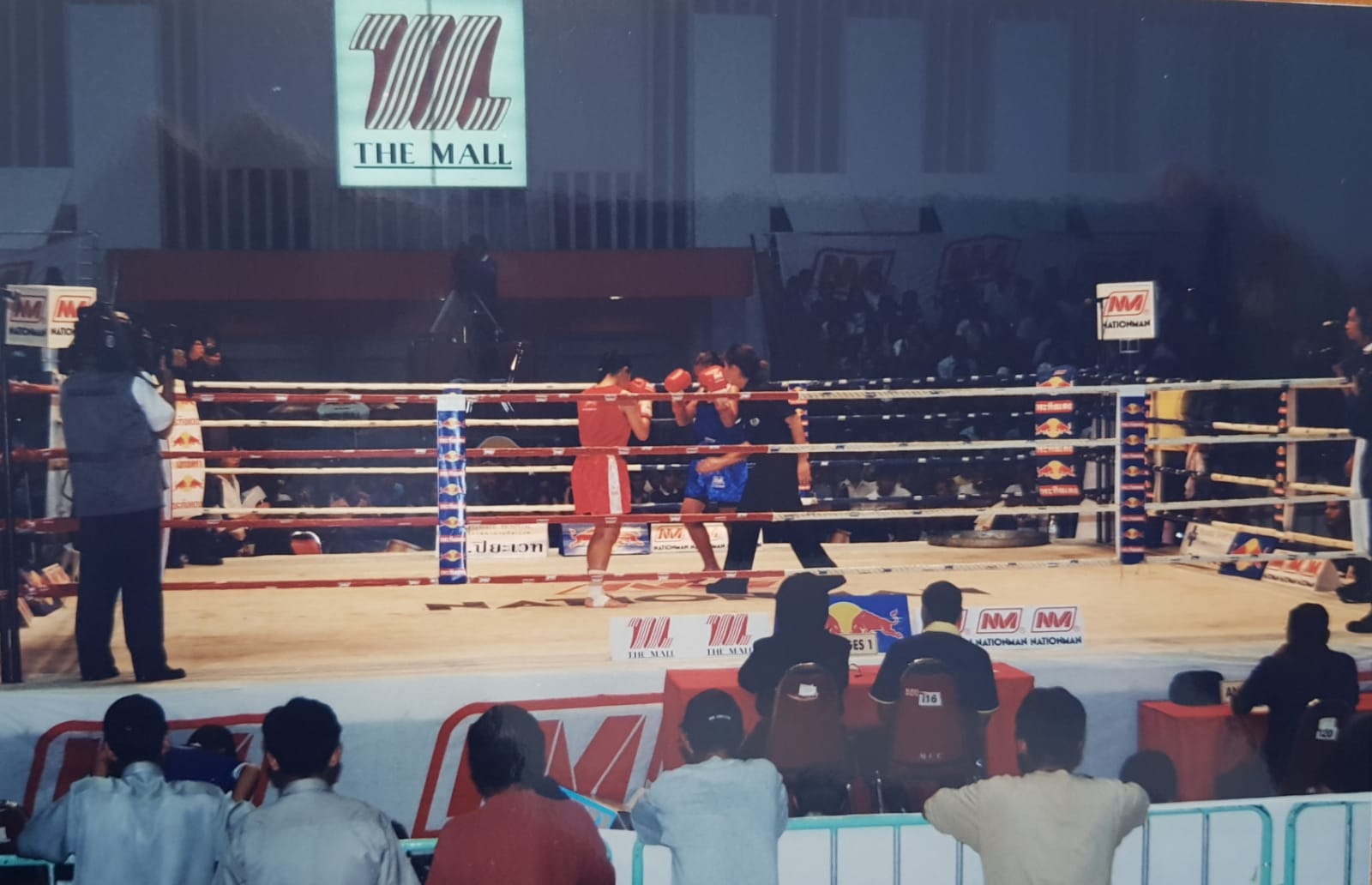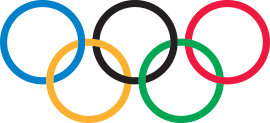Muay Ying took Thailand by Storm

And the first all-female Muaythai promotions and TV programmes began...
To understand why an all-female fight card or a TV programme featuring female muaythai athletes is significant you must first understand this: In Thailand, where Muaythai originated, there was and in places still is a patriarchal hierarchical order that developed over centuries out of the deep seated beliefs that women are inferior to men.
Over the years, superstition developed around Muaythai and the presence of women in or near the ring. Women were forbidden to touch the ring or sacred items such as the mongkon or prachiat, used by fighters during a bout. No female could enter the ring, function as a coach, referee let alone a boxer.


The reason for such restrictions appeared to be based in fear born out of religious beliefs, fear that women might contaminate the ring and those involved, bringing about bad luck. Similarly, women were not allowed to train in the same ring or gym as male boxers, again due to the perception of women’s strong negative magic endangering the magic of the male fighter. It has been suggested that menstruation was the source of the female’s perceived ‘pollution’ or dark magic.
This belief that Female Muaythai was taboo endured in Thailand through the late ‘90’s meaning that most stadiums and promoters did not want female athletes to compete in the same stadium or ring as their male counterparts.
The dissolution of the beliefs and superstitions that women are ‘unclean’ and therefore will affect bad luck on anything Muaythai finally began to dissipate, making way for the birth of the female Muaythai athlete. Giving her permission to finally take her place inside the infamous square ring. However, the change that was already in place in many countries across the globe was still rarely accepted in Thailand.


Despite these common attitudes a historical meeting took place in 1996 between the IFMA (the world governing body set up to promote muaythai to highest recognition) and the World Muaythai Council (set up under the directive of the Royal Thai Government to promote and foster all aspects of muaythai). Those in attendance at this meeting voted to change the current cultural and sporting barriers for female athletes in the Kingdom of Thailand. The old generation of nak muay could do nothing but stand by and bear witness to the consequential cultural changes resulting from the decision made at this 1996 meeting.
It was decided that the (then) President of the WMC, General Chetta Thanajar; the President of IFMA, General Vorayudh Meesommon; the President of the Amateur Muaythai Association of Thailand, Khun Kajorn Prowsri; the owner of Rangsit Stadium, Khun Amnuay; and the (then) WMC International Coordinator, Stephan Fox would establish a World Muaythai League to promote female Muaythai and drive inclusion and gender equality within Thailand and the world.

It started with small female-only promotions around Thailand and as popularity grew the Muay Ying TV programme was born (1999). The Muay Ying programme featured every Thursday running for 90 minutes in total. Rangsit Stadium soon became known to the world as the stadium for female Muaythai. A stadium showcasing promotions that enabled female athletes from around the world to compete on an equal platform to their male counterparts.
Today, twenty years after that inaugural meeting where many prestigious male Thai legends came together to stamp out inequality, Muaythai has achieved gender equality in the number of its participants at Elite level.
This journey started with a vision of a few brave men who stood up and did what was right. Female Muaythai or Muay Ying has grown to a point where the female talent and skills stand alongside the men’s. Muay Ying has grown so strong that in some countries the women are outshining their male counterparts in the number of medals they take home.



